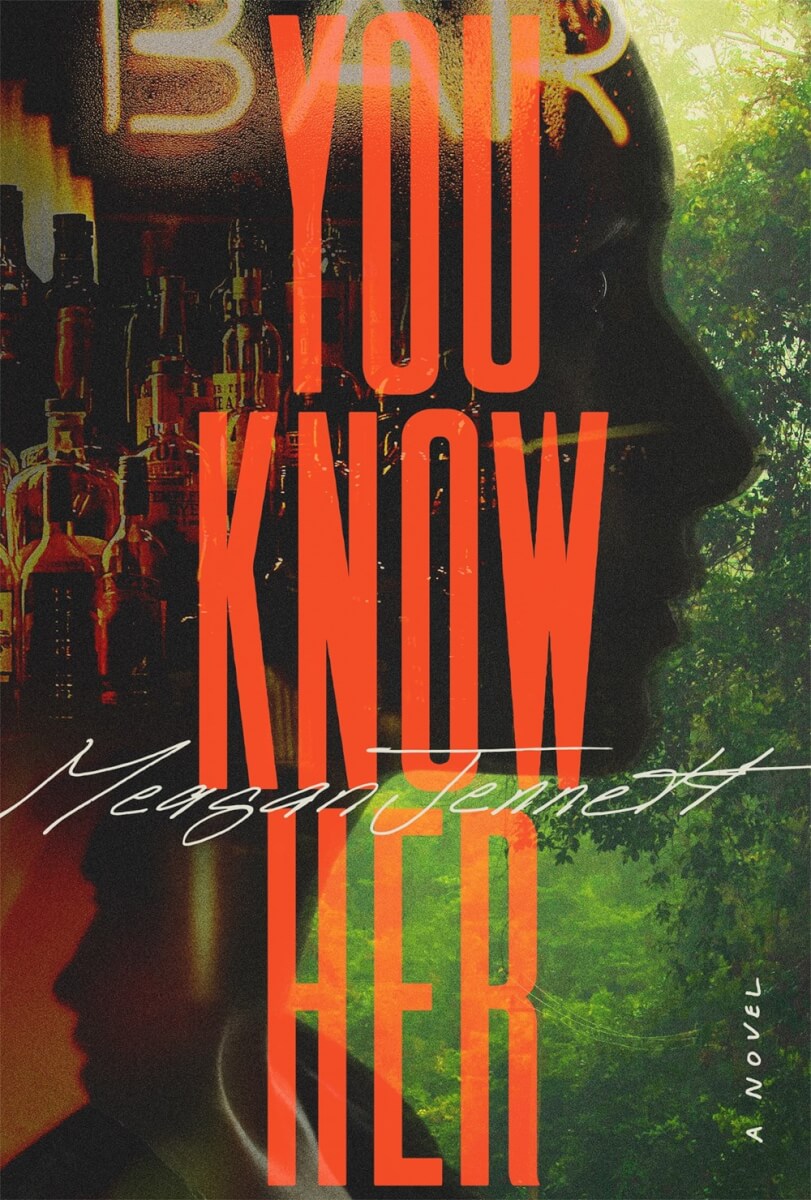The Lives We Actually Have
Like the psalmists, authors Kate Bowler and Jessica Richie (Good Enough) examine and affirm the multifaceted human experience in The Lives We Actually Have. In 100 entries written in verse, Bowler and Richie celebrate the beautiful, lament the ugly and recognize the mundane alongside the blindsiding. This book is not the shallow expression of prayer most of us are used to. Instead, these pages hold blessings that make every human experience, even a “garbage day,” worthy of noting and appreciating.
The authors include blessings for every kind of day, including ordinary life, tired life, lovely life, grief-stricken life, overwhelming life, painful life and holy life. Along the way, they do an incredible job of reclaiming blessings from social media’s “#blessed” culture, speaking truthfully about the range of experiences inherent to being human instead of offering blessings for the pristine, uncomplicated lives we wish we had.
Bowler and Richie go where most Christian authors won’t: right to all the messy truths of being alive. Their willingness to meet us where we are makes life feel a little more manageable and a little more worthy of love. Through their words of blessing, readers will find courage, rest, hope to carry on—and maybe even a laugh.
The Book of Nature
Born out of author Barbara Mahany’s curiosity, The Book of Nature: The Astonishing Beauty of God’s First Sacred Text weaves together theology, nature, science, liturgy and poetry. Instead of losing readers in so many captivating details, she brings all these seemingly different mediums together to create a compelling argument that the natural world is the key to understanding God. To Mahany, and the countless theologians, authors and scientists she references, nature is what makes sense of scripture.
Mahany opens her book by sharing how she came to write about the Book of Nature, which is an ancient name for the practice of “reading” nature like a sacred text, “the text of all of creation, inscribed and unfurled by a God present always and everywhere.” Her initial spark of interest led her down a rabbit hole, finding references to the Book of Nature throughout Christian history. She then explains how the separation of religion and nature—that is, science—came about during the Enlightenment and reminds readers that it doesn’t have to be that way now. Through her essays on the earthly, the liminal and the heavenly, Mahany reveals the divine’s presence in our world.
For those in the Christian faith who grew up learning about God only from Bible lessons, The Book of Nature provides permission to wonder, get curious and find God in the tiny details of a sprouting garden, a forest glade, birds in flight or the moon. By showing readers how many respected theologians, seminarians, desert mothers and fathers, tribal leaders and saints found God in nature, Mahany reminds us that there are different ways to encounter God all around us, beyond just in scripture.
★ Dancing in the Darkness
Rev. Otis Moss III is the senior pastor of Trinity United Church of Christ in Chicago, and his ministry is steeped in a theological tradition of liberation, love and justice. Dancing in the Darkness: Spiritual Lessons for Thriving in Turbulent Times, his latest collection of essay-sermons, lays out the need for Americans to use the tools of “Just Love” (love linked to justice) to overcome despair and denial. Because of our country’s racialized history, Moss writes that we are doomed to stay in a state of “political midnight” if we don’t reckon with injustice while holding onto agape love.
Moss weaves personal stories, history and prophecy together in a fast-paced, faith-filled way. Readers will breeze through these essays and feel energized to hold onto hope despite the challenges we face as a society. With practical calls to prayer, meditation and authenticity, Moss leads readers into Dr. Martin Luther King Jr.’s vision for a “beloved community.”
Dancing in the Darkness is a wonderful soul-reviver. Readers will come away feeling spiritually buoyed, just like they might if they attended worship at Moss’ church. The effect is empowering without giving into unrealistic visions of utopia. It’s like a spoonful of sugar that will help us fight for the world our children deserve to inherit.
All My Knotted-Up Life
Many readers have been anticipating the release of All My Knotted-Up Life, author and minister Beth Moore’s memoir. After decades as a women’s Bible study teacher in the Southern Baptist Church, a denomination that only allows men in leadership roles, Moore finally shares her story. She reveals a few surprising secrets here, but her trademark belief in the goodness of Jesus is the memoir’s main draw.
Beginning with her childhood, Moore tells her story of living in a home fraught with mental illness and sexual abuse and the safety she felt going to the Baptist church in Arkadelphia, Arkansas. As Moore moves chronologically through her life, we see her family fall apart and come back together, and we see Moore get married and have children all while feeling called to ministry. Moore struggled to figure out what that would look like in the Southern Baptist Church, but she found a way—first by working around the Southern Baptist Convention’s gendered leadership rules and then by leaving the organization completely—and became one of the most well-known leaders in evangelical Christianity.
All My Knotted-Up Life will leave some readers wishing they knew more of Moore’s story. Because of her ability to see the humanity in all people, including her abusers, I was personally left wanting to see more of her process of forgiveness. But for Moore, true forgiveness is up to Jesus, who is at the heart of this tender memoir.























